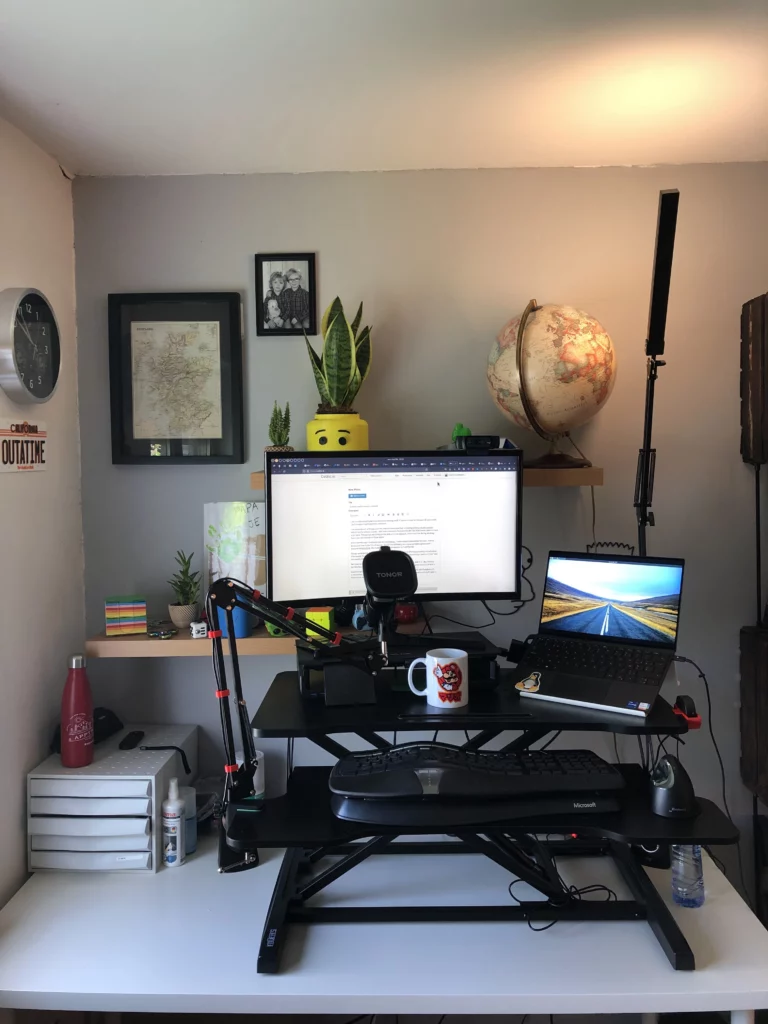Building myself a framed e-calendar
I am terrible at both planning and remembering stuff. It’s been a curse for the past 36 years and I can’t imagine it getting better over time.
I’ve tried a bunch of things over the years to overcome that, including writing a bullet journal – which I did for almost 3 years – but I was constantly frustrated by the fact that I never seem to have it on hand. The journal was living on my desk or in my bagpack, which was fine during working hours, but not outside of those hours.
A few months ago I started to look at TaskWarrior. I was instantly seduced by the tool – mainly because it lives in the CLI, of course – but it was definitely not a more portable option until I discovered WingTask, the mobile-first PWA companion to TaskWarrior.
Things went better, but not just yet. I soon realised that I was too often surprised by my schedule – that sneaky Slack notification that catch you off-guard : « <important meeting> starts in 1 min » was constantly taking me aback.
Not only am I terrible at planning and remembering – I already said that, didn’t I? – But I’m also terribly lazy. If the information doesn’t come to me, chances are that I’ll never even try to find it.
And then on a beautiful morning, I stumbled upon MagInkCal, a project built with Raspberry Pi, e-ink screen, and a wooden frame. This was it : I needed something to remind me of stuff right in front of me, and luckily, I have just the space in front of my eyes.

Now I am known to get really excited real quick, and I have a Raspeberry Pi Zero on hand, so I promptly order a 7.5inch E-Paper E-Ink Display and a battery, completely ignoring the fact that my very old Rpi Zero is not build with a Wi-Fi chipset.
Obviously I took way too long trying to make my Rpi Zero play nice with a USB Wi-Fi dongle – which is surprisingly frustrating – before I realise that the Wi-Fi dongle would require the use of an additional power supply. The idea being to have a low-consumption e-ink calendar, relying on a powered USB hub would make no sense.
What I didn’t know though, is that there is currently a global Raspberry Pi shortage, so buying a brand new Raspberry Pi Zero with built-in Wi-Fi was not an option. I was this close to let that project die in a corner of my head when I discovered the ESP32 – A tiny, low-consumption, Wi-Fi and bluetooth-ready microcontroller that is dirt-cheap.
But that’s a story for another day.
Tags: ESP32